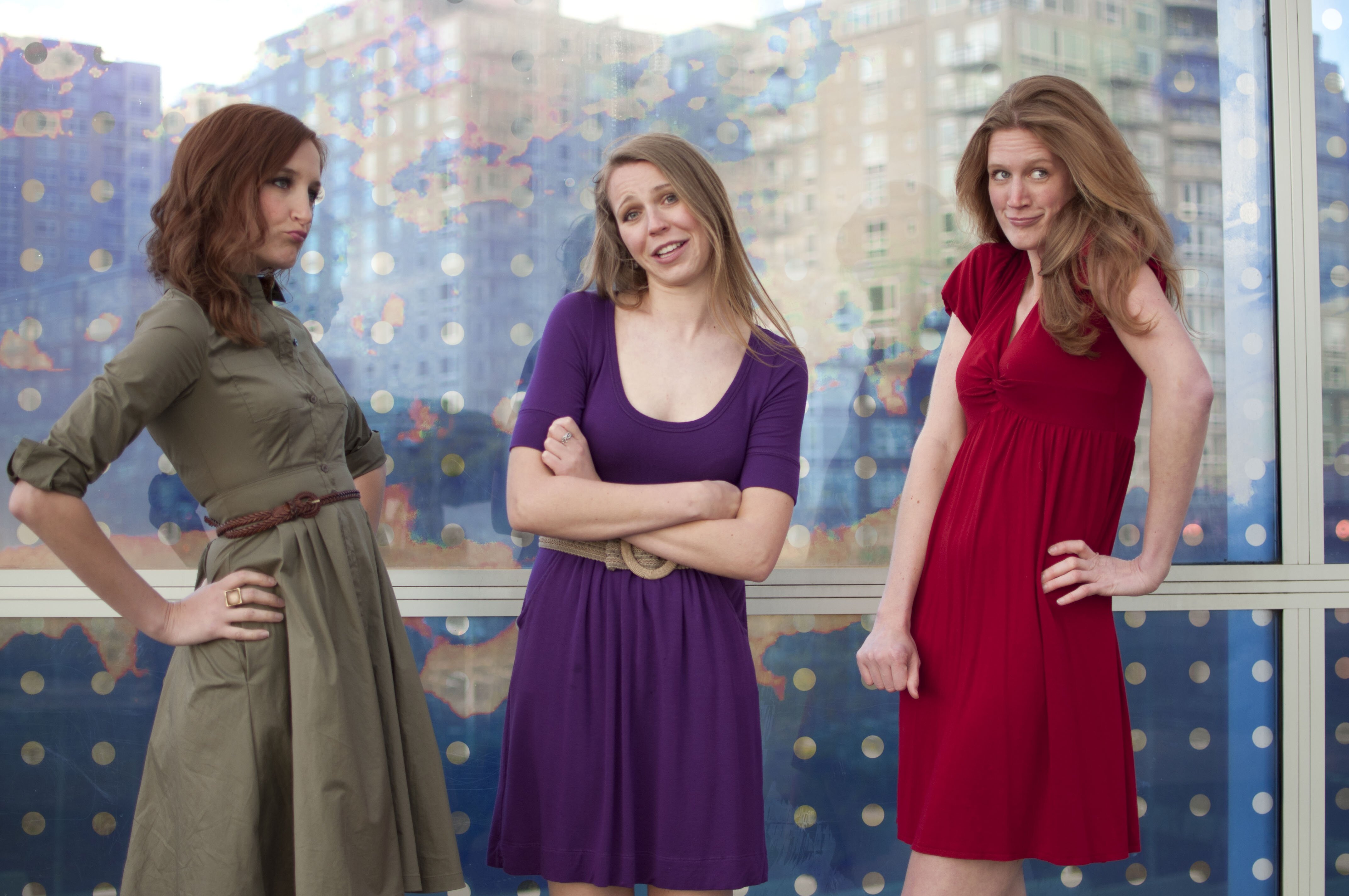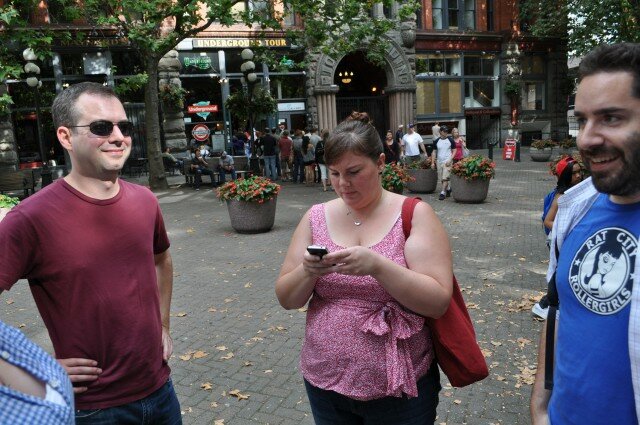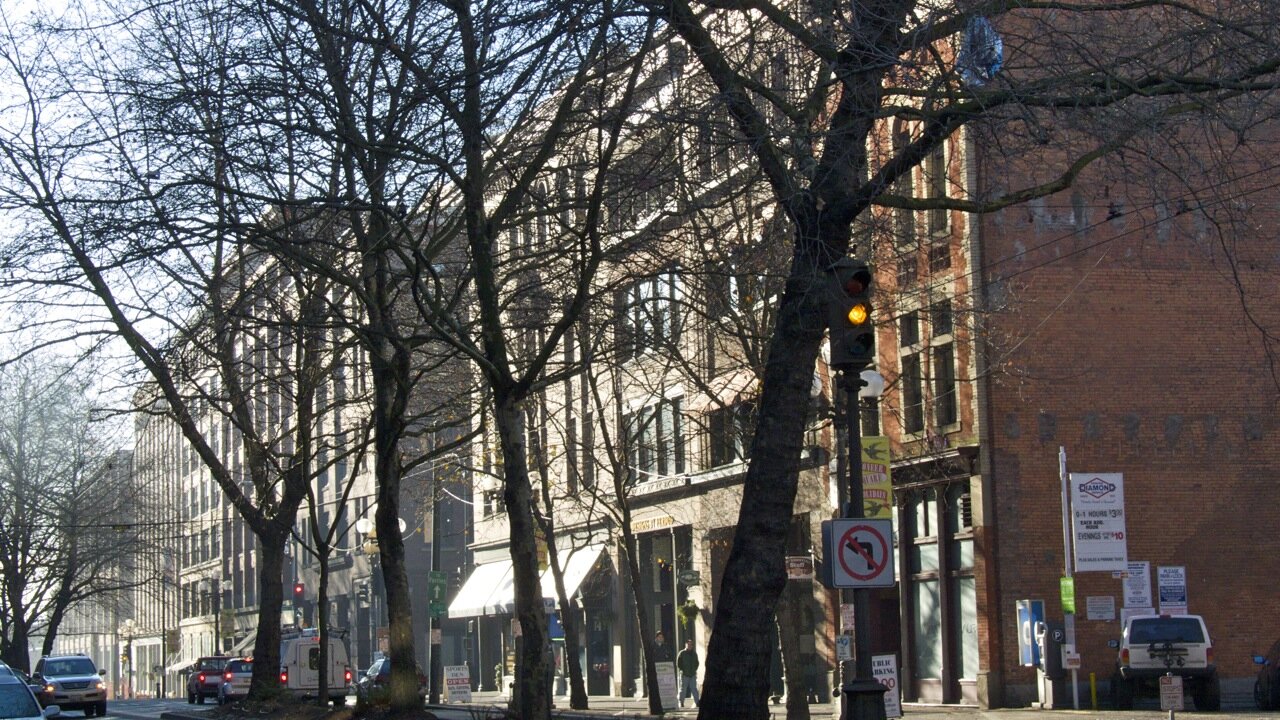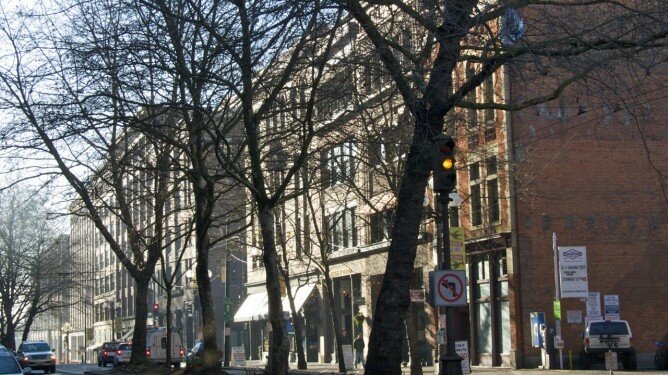After long lamenting the lack of quality Korean food in Seattle (you’ve had to drive north toward Shoreline and beyond, or south to at least Federal Way, for the good stuff), there’s recent activity in the game of gochujang and garlic in the heart of the city. Chan opened in Pike Place Market several years ago, a restaurant I describe as “a cute little place with little, little dishes.” Just last year, Trove opened in Capitol Hill, giving carnivores a place to “get their grill on.”
And now comes news that Girin is opening on Saturday, rising in rapidly developing Pioneer Square, specifically in the Stadium Place project in the North Lot Development, on the city side of CenturyLink Field. It’s a gorgeous space reminiscent of Momiji in Capitol Hill (not surprising, since it’s the same owner), and here’s the good news: the food at Girin, while modern, is far more aligned with authentic Korean cuisine than Momiji’s was—at least at opening—with authentic Japanese cuisine. Credit Brandon Kirksey (ex-chef at flour + water in San Francisco and Tavolata in Seattle) for quickly learning Korean flavors. I will be curious to see how his cooking develops over time. (This noodle lover will also look forward to trying the kalguksu: Girin’s version featuring hand-cut noodles in kombu broth with clams and cuttlefish.)
Maybe the best news is that unlike Chan and Trove, Girin offers banchan for free. [Edit: It now appears that banchan is free only for ssam plates, and not for noodles, tteokboki, etc.] That said, menu prices run on the high side; I wonder what impact pricing and location will play in Girin’s long-term success. The Pioneer Square renaissance should help, as will the opening of a hotel across the street from the restaurant. While budget-minded Korean food lovers will likely continue to drive far for their fix, I suspect that the young, monied crowd (not a bad target audience, as that’s what Seattle’s becoming) will Uber its way to the stylish Girin to swig makgeolli out of metal bowls and devour plates of meats that run from raw to grilled.
On that note, here’s a look at some sampling I did at last night’s media preview dinner at Girin.
Banchan assortment included the pictured kimchi (nicely flavored), nettles with doenjang and pine nuts (a seasonal offering), and sesame-crusted tofu (delicious!), along with grilled eggplant and dried anchovies with toasted almonds.
Yukhoe (Girin spells it yukhwe): raw beef, pear, pine nuts, and egg yolk. From my experience, yukhoe is usually made from beef strips or chopped/ground beef, and is typically more seasoned, but this was still fantastic.
Haemul pajeon: green onion pancake with seafood. While the outside could have been crispier, the pancake had great interior texture with its slight chewiness.
Gung jung tteokbokki: crispy rice cakes with roasted mushrooms (king trumpet, maitake, and pioppini) and soy glaze. In contrast to the spicy red tteokboki that I found on the streets of Seoul, this “royal court” tteokbokki is more refined, meant to be a lighter dish. It usually comes with beef, but even without the dish was satisfying, as it was full of earthy flavor. I only wish the rice cakes were cooked slightly more; instead of an undercooked chewy texture, they should have a soft, mochi-like chewy texture.
Ssamjang marinated skirt steak was perfectly cooked and full of flavor. This plate (with the leaves and all) runs $28, whereas an upgrade to rib-eye would cost about three times the price.
Charred scallion and ginger sausage was bursting with ginger. The sausage starts to approach soondae texture (a little soft), but without the earthy delights that soondae typically offers.
Persimmon sorbet: This was the most talked-about dish at my table, as it had a slightly satoimo-like, slimy texture that was a little disconcerting to most.

















